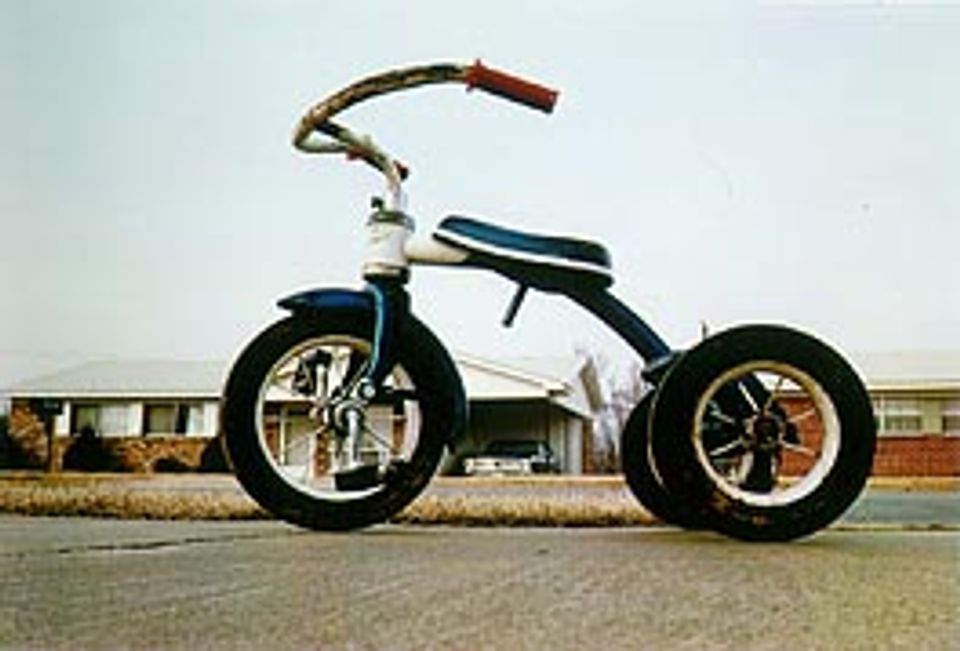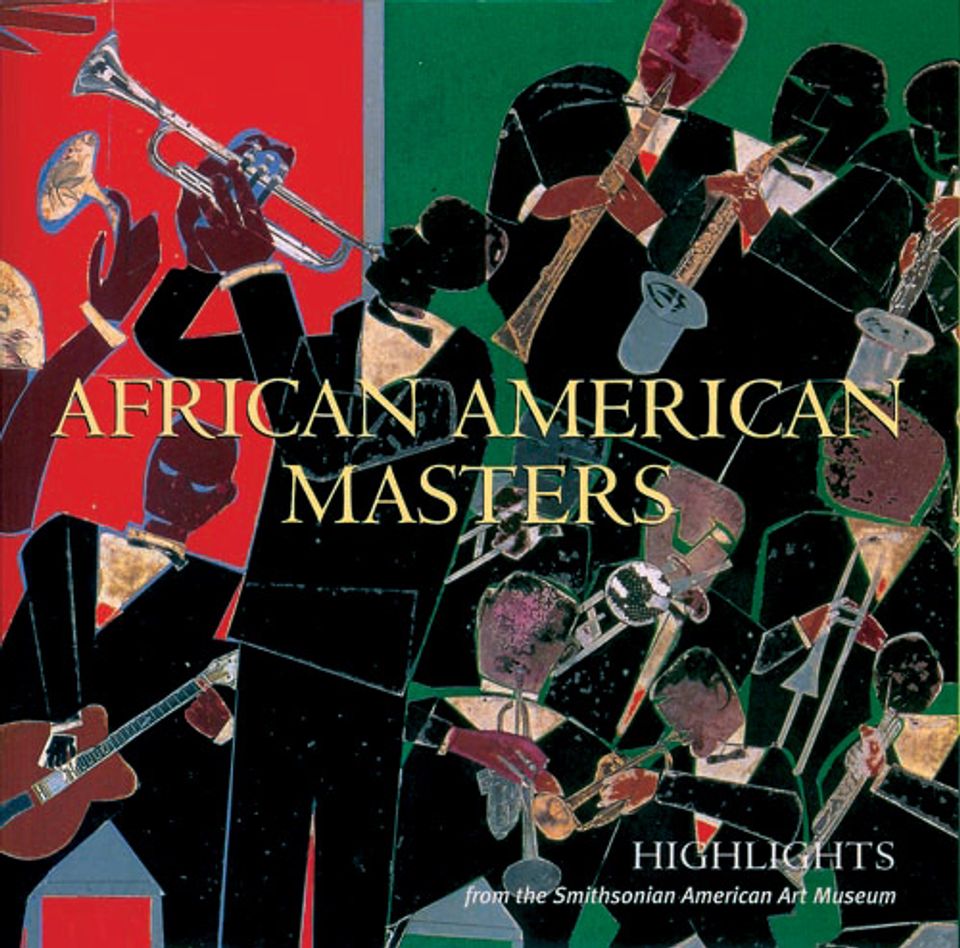Artist
Roy DeCarava
born New York City 1919-died New York City 2009
Exhibitions
April 27, 2012–September 3, 2012
African American Art: Harlem Renaissance, Civil Rights Era, and Beyond presents a selection of paintings, sculpture, prints, and photographs by forty-three black artists
June 27, 2013–January 5, 2014
A Democracy of Images: Photographs from the Smithsonian American Art Museum celebrates the numerous ways in which photography, from early daguerreotypes to contemporary digital works, has captured the American experience.
















